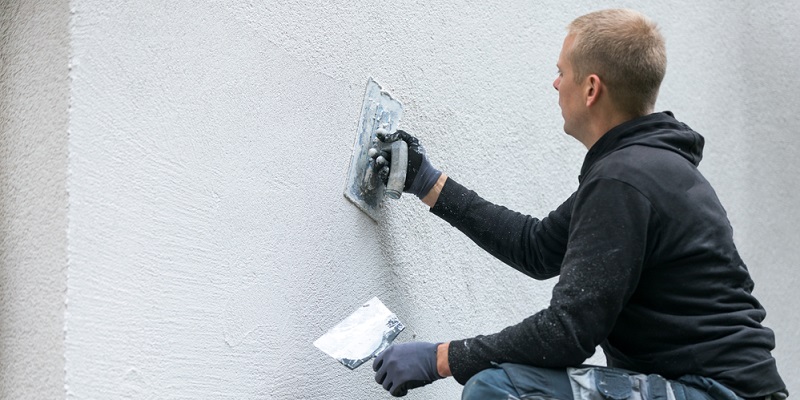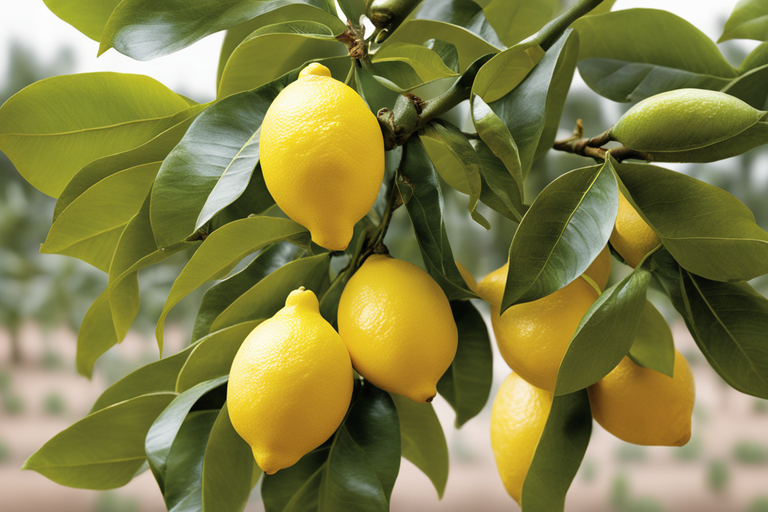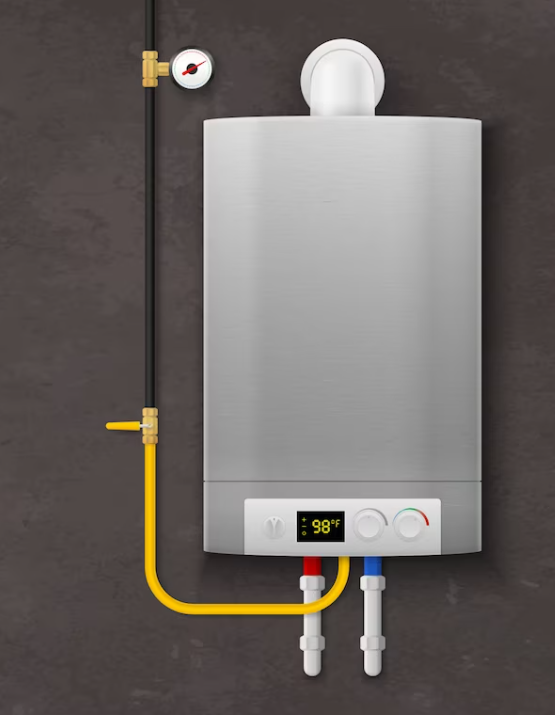Drylining has become one of the most popular methods for finishing internal walls and ceilings in both residential and commercial buildings. Whether you’re undertaking a home renovation or fitting out a new build, this modern alternative to traditional plastering offers numerous advantages. So, what are the benefits of Drylining Services in Bristol, and why should you consider it for your next project?
Faster Installation Time
One of the biggest advantages of drylining is its speed. Unlike wet plastering, which requires time to apply and then dry, drylining involves fixing plasterboard directly to walls or metal/timber frames. This significantly reduces the turnaround time on site, helping you move on to decorating or subsequent trades much faster. For developers and contractors working to tight schedules, this efficiency is a major benefit.
Cleaner Process with Less Mess
Drylining is a much cleaner process compared to traditional plastering. There’s no need for wet materials or lengthy drying times, which means less risk of splashes, spills, or residual dampness in the property. It also creates less dust and debris, which is ideal for homeowners living in the property during renovations.
Excellent Insulation Capabilities
Drylining can easily accommodate additional insulation materials, improving both thermal and acoustic performance. You can fit insulation batts or rigid boards behind the plasterboard, reducing heat loss and creating a more energy-efficient space. For properties with poor wall insulation, drylining can be a smart upgrade that saves money on heating bills.
Smooth and Even Finishes
Drylining delivers a clean, smooth finish ready for painting, wallpapering, or tiling. Modern plasterboards come in various thicknesses and performance types (moisture-resistant, fire-rated, etc.), giving flexibility in finish and function. This makes it easier to achieve a high-quality aesthetic with minimal effort.
Improved Soundproofing
In multi-occupancy buildings or noisy households, soundproofing is a major concern. Drylining systems can incorporate acoustic insulation or sound-rated plasterboards to significantly reduce noise transfer between rooms and floors. It’s a cost-effective way to enhance comfort and privacy without major structural changes.
Moisture and Fire Resistance Options
Drylining offers the benefit of using specialised boards suited to different environments. Moisture-resistant plasterboards are ideal for kitchens and bathrooms, while fire-rated boards can be installed in stairwells, loft conversions, or between dwellings to meet safety regulations. This adaptability makes drylining a reliable solution for all areas of a home or commercial space.
Flexibility in Design and Application
Whether you’re creating partition walls, concealing wiring and pipes, or improving thermal performance, drylining is a highly adaptable method. It can be fixed directly onto blockwork or used with a metal or timber stud system to form new layouts, alcoves, or even storage niches. The system is flexible enough to suit both straightforward and complex designs.
Cost-Effective Interior Finish
Because of its quicker installation, lower labour costs, and minimal drying time, drylining is often more cost-effective than traditional plastering. It reduces downtime between construction stages and limits the need for remedial work, making it a budget-friendly choice for homeowners and builders alike.
Enhanced Structural Integration
Plasterer Bristol can integrate with other interior construction elements such as suspended ceilings, lighting systems, and wall fixtures. Concealed cavities also provide easy access to run cables and pipework without chasing into solid walls, which is especially useful in commercial fit-outs and renovations.
Ideal for Modern Construction
Modern building practices value energy efficiency, speed, and sustainability. Drylining aligns perfectly with these goals. Many plasterboards are manufactured with recycled content, and the lightweight construction reduces material transport costs and structural loads on buildings.
Final Thoughts
Drylining is a modern, efficient, and adaptable method that offers a wide range of benefits for homeowners, builders, and commercial developers. From faster installation and enhanced insulation to cost savings and a clean finish, it’s easy to see why drylining is a top choice across the UK construction industry. If you’re planning a renovation or new build and want a smooth, energy-efficient interior finish, drylining could be the ideal solution.
Frequently Asked Questions (FAQs)
What is included in drylining services?
Drylining services typically involve the installation of plasterboard onto internal walls or ceilings without the use of traditional wet plaster. The boards are secured using either adhesive (dot and dab method) or fixed to a timber or metal stud frame. Services may also include joint taping, skimming for a smooth finish, and the option to add insulation behind the boards. Once complete, the surface is ready for decorating with paint, wallpaper, or tiles.
Is drylining suitable for all property types?
Yes, drylining is highly versatile and suitable for most property types, including domestic homes, office spaces, retail units, and new builds. It works well with various structural surfaces such as masonry walls, timber stud partitions, or metal framing systems. Whether you’re refurbishing an old home or constructing a modern extension, drylining offers a flexible and efficient interior wall solution.
How long does drylining take to complete?
The duration of a drylining project depends on the size and complexity of the space. However, compared to traditional plastering, drylining is significantly quicker. A single room can often be completed in one to two days, including the boarding and jointing. Drylining also has minimal drying time, meaning decorators can start work sooner, speeding up the overall project timeline.
Can drylining help with soundproofing?
Yes, one of the key benefits of drylining is its ability to improve sound insulation. By using acoustic plasterboards and fitting sound-absorbing materials behind the boards, noise transmission between rooms or properties can be significantly reduced. This makes drylining particularly beneficial for flats, office partitions, or any shared living spaces.
Does drylining require painting or finishing?
Once the plasterboards are in place and the joints have been taped and filled—or skimmed if a smoother finish is desired—the surface is ready for finishing. It can then be painted, wallpapered, or tiled depending on your preference. Some modern plasterboards even come pre-finished for ultra-fast decorating, making drylining one of the most convenient options for interior surfaces.
What are the benefits of using drylining services for your property?
Drylining has become the go-to method for finishing internal walls and ceilings in both residential and commercial buildings, and for good reason. One of its biggest advantages is the speed of installation. Traditional wet plaster methods require extensive preparation and drying time, which can slow down the overall progress of a building or renovation project.




